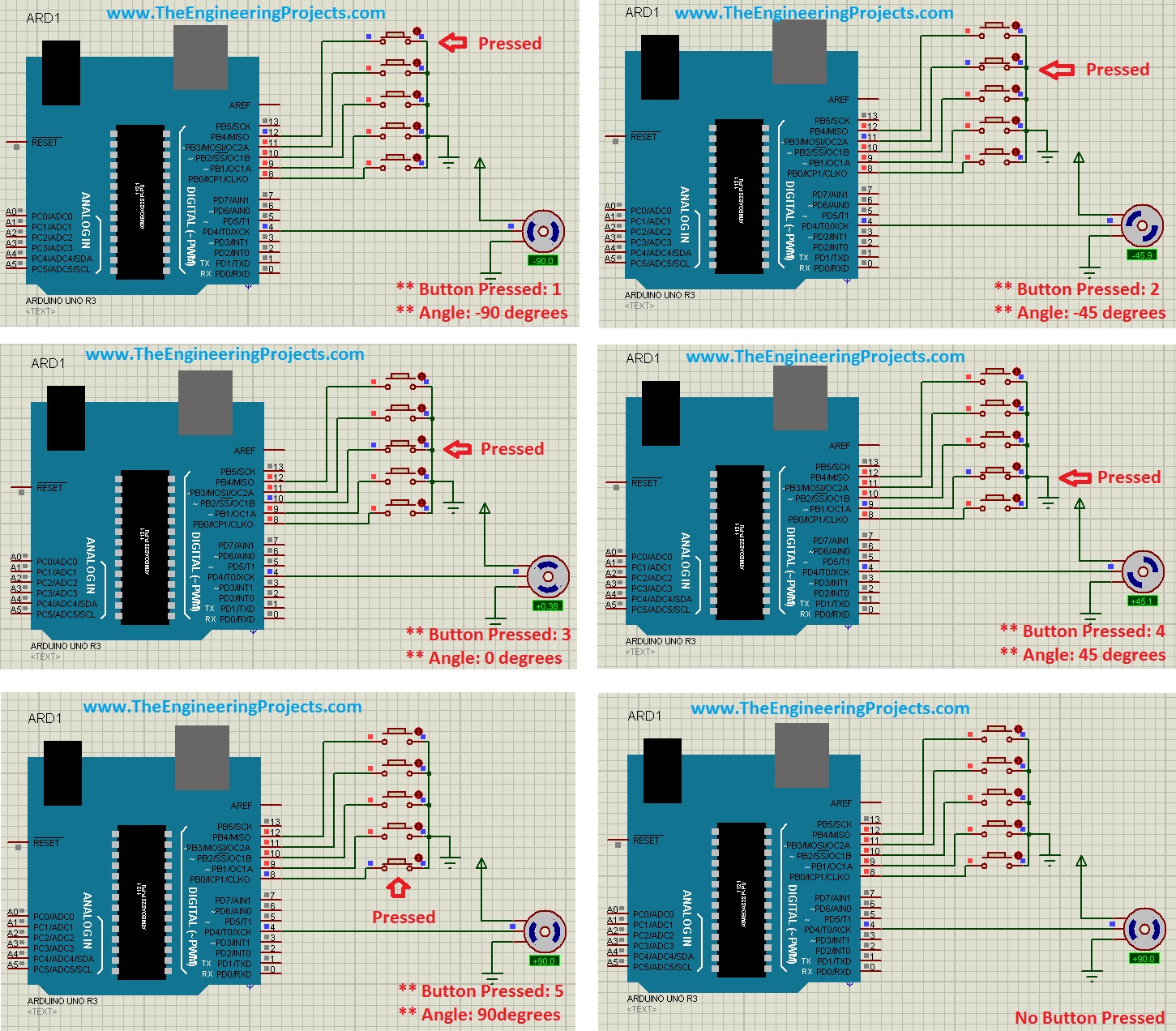

Servo motors offer versatility in the manufacturing environment.


In a servo motor speed is determined by the frequency of the applied voltage and the number of magnetic poles. ISL’s DC Servo Motors are best suited for smaller applications and have excellent control-ability and feedback. AC servo motors can handle higher current surges and are thus more commonly found in heavy industrial machinery. There are two types of current flow in these motors – AC and DC. It uses a positive feedback system to control the motion and final position of the shaft. The control action in these systems is based on the output of the motor. A closed-loop control system considers the current output and alters it to the desired condition. This type of motor is associated with a closed-loop control system. Servo motors allow for precise control in terms of angular position, acceleration, and velocity. An Introduction to Servo MotorsĪ servo motor is a rotational or translational motor to which power is supplied by a servo amplifier and serves to apply torque or force to a mechanical system, such as an actuator or brake. We have a long journey ahead of us, so take a deep breath, sit back, and keep reading this article until the end. Stay with us until the end to find the answer to your question on this topic. Our team gathered all of the necessary information on this topic to eliminate the need for reading diverse content on other websites. A servo motor is one of the widely used variable speed drives in industrial production and process automation and building technology worldwide. The information in this article gives a significant collection of data you need to know about different types, and privileges of Servo Motors. Today and in this article, we are going to deal with Servo Motor Types.


 0 kommentar(er)
0 kommentar(er)
